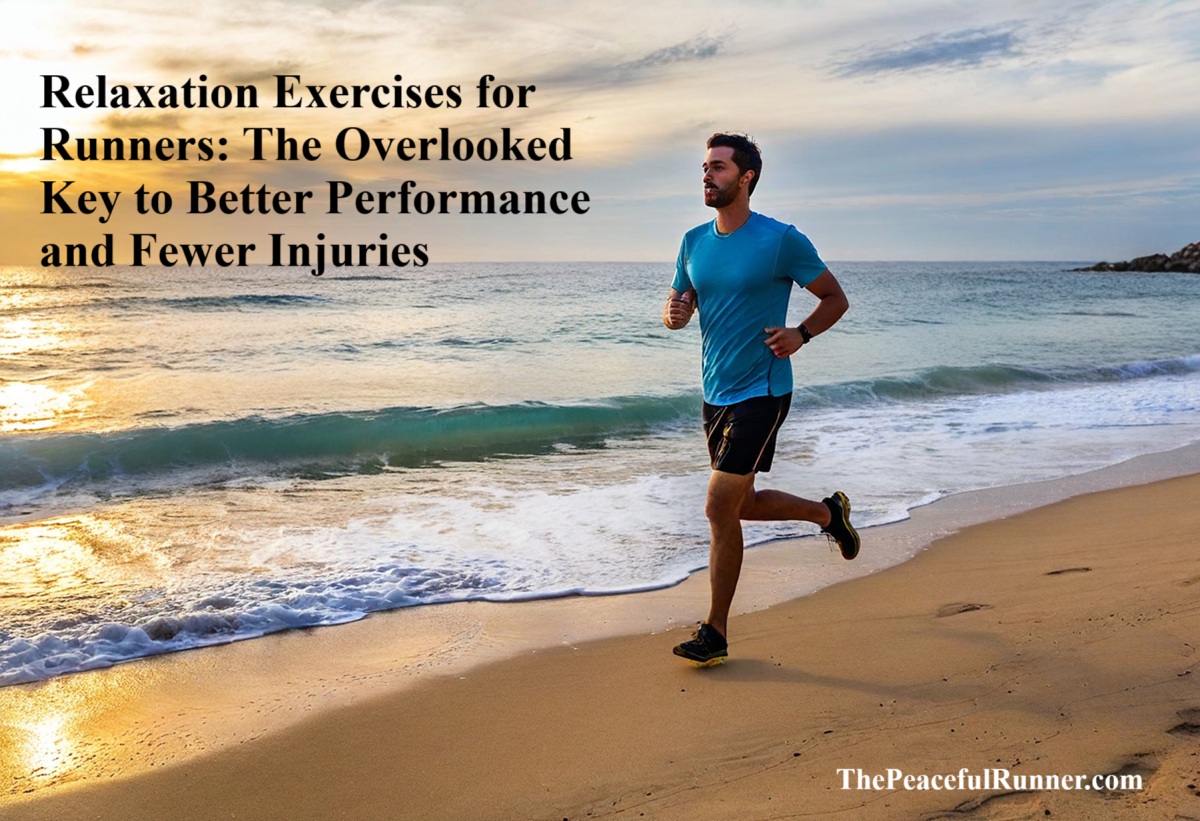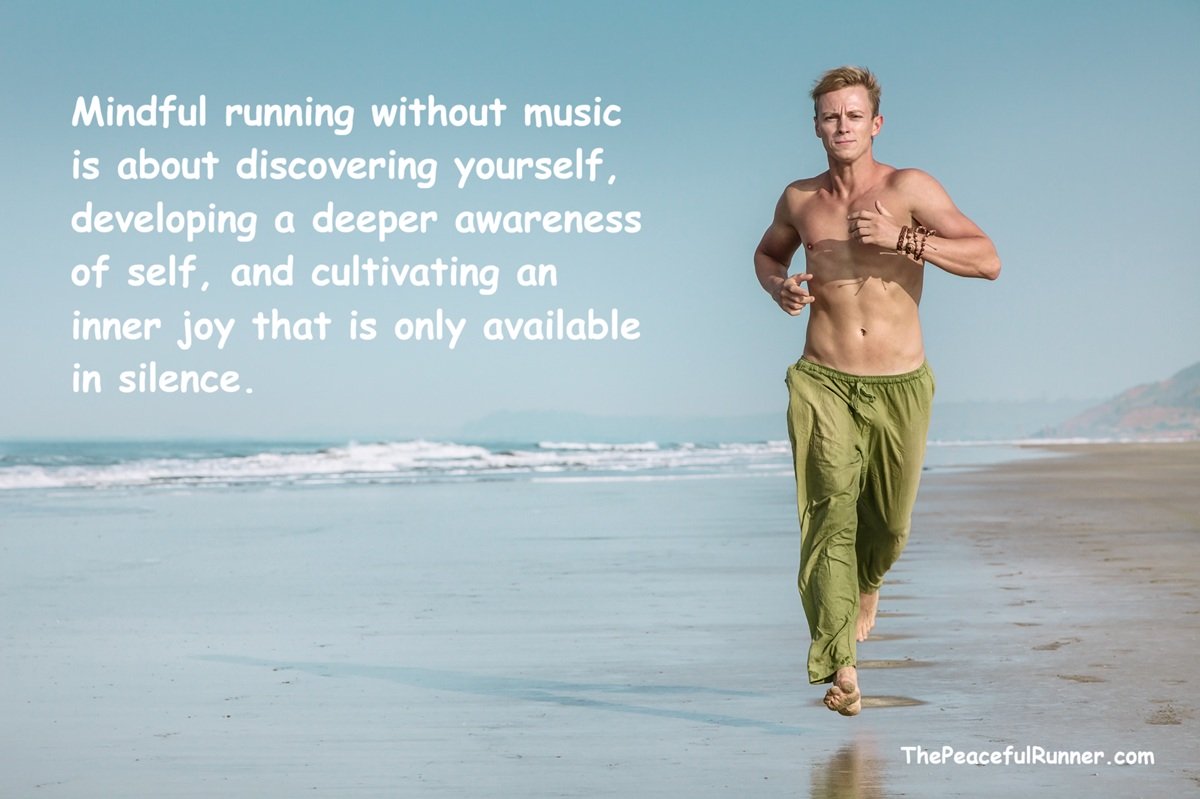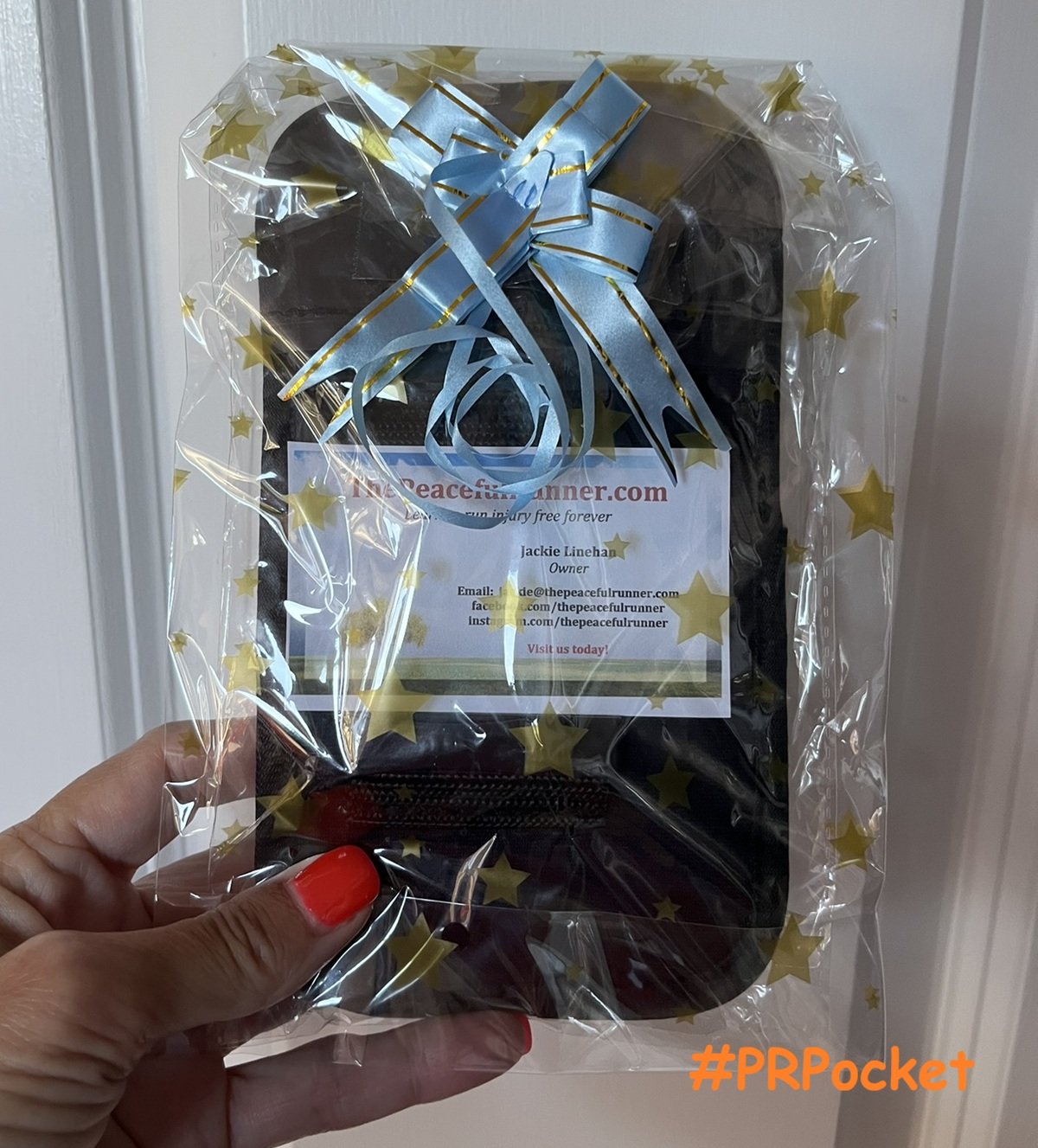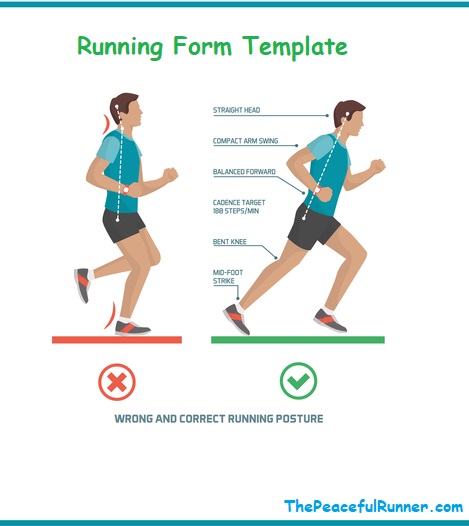- Home
- Running Psychology
- Visualization Techniques
- Relaxation Exercises
Relaxation Exercises for Runners: The Overlooked Key to Better Performance and Fewer Injuries
FTC Disclosure: As an Amazon Associate, I earn from qualifying purchases. Learn more
Relaxation exercises are a powerful tool for runners, helping to release physical tension, enhance performance, and build the rare ability to stay strong and relaxed while running. Developing this skill takes practice and self-awareness, but the payoff is significant. You’ll run more efficiently, lower your risk of injury, and feel less tightness in your muscles—often reducing the need for extensive stretching.
Research shows that a tense body burns more energy than a relaxed one. To run efficiently and avoid injury, it's crucial to move in a relaxed, fluid state. But before we can relax while running, we need to first understand what true relaxation feels like. Once you've experienced a deeply relaxed body, tension becomes easier to spot—and only when we recognize tension can we consciously let it go.
Relaxation Practices
At first, it’s best to learn and practice relaxation exercises off the run. As your skill grows, you'll become more able to consciously relax your body while running.
Tension takes energy to maintain—energy that could be better spent on your stride. By keeping your body fully relaxed, you conserve that energy and run with maximum efficiency, allowing every ounce of effort to propel you forward.
Starting your practice today with the 4 exercises below....
4 Relaxation Exercises for Runners
- Exercises for Relaxed Strength
- Progressive Muscle Relaxation
- Technique to Release Resistance While Running
- Body Awareness Practice
1. Exercises for Relaxed Strength
One of the most valuable skills a runner can develop is the ability to stay strong and relaxed while running. As you continue to practice relaxation techniques, you'll start to embody a more fluid and effortless running style. Strength and ease will begin to coexist naturally in your movement, allowing you to train harder with less strain. Over time, you'll notice improved efficiency, fewer aches, and a greater sense of freedom in your stride.
The exercise in the excerpt below will help you begin to master this skill.
Relaxed strength becomes especially important during high-effort runs, such as hill training or speed work. These moments challenge your body and provide ideal opportunities to tune into any hidden tension and consciously release it.
"The less effort, the faster and more powerful you will be."
-- Bruce Lee
The following exercise is an excerpt from Body Mind Mastery: Training For Sport and Life by Dan Millman. This particular practice helped me truly feel what it means to be both strong and soft at the same time—a concept that transformed the way I approach movement and running.
Millman’s book is filled with powerful relaxation techniques and mindset tools designed to unlock your natural athletic potential. Though originally published in 1999, it remains a timeless classic. The principles are just as relevant today, offering a refreshing and insightful perspective—one grounded in the idea that all physical improvement begins with relaxation.
While Dan Millman’s background is in gymnastics, the wisdom in this book resonates with athletes of all disciplines. It’s a must-read for anyone looking to deepen the connection between body and mind.
Excerpt from Body Mind Mastery: Training For Sport and Life:
UNBENDABLE ARM
Test 1. Hold your right arm out in front of you, fist clenched, arm slightly bent, with your wrist on your partner's shoulder. Your partner puts one hand on the crook of your elbow and gradually begins to push down, in order to bend your arm (in the direction it normally bends, or course). You resist, tensing your arm.
Shake your arm loose before Test 2.
Test 2. Standing balanced, place your wrist on your partner's shoulder as before, this time with your fingers extended and spread.
Your partner will again begin pushing downward gradually, as if to bend your arm.
This time, however, you'll remain free of tension. Let your arm be totally relaxed, yet strong--not like a wet noodle. You do this by imagining a powerful flow of energy, like water gushing through a hose, continually flowing through your arm and out the ends of your extended fingers, shooting right through the wall for a thousand miles.
Let your awareness flow with the energy, continuing past your partner's arm. As your partner begins to push more, imagine an increase in the power of the flow balancing the pressure.
Experiment with this exercise, and see if you begin to feel a new kind of relaxed strength.
This relaxation exercise helps you use your muscles more efficiently, with less tension and effort. By incorporating visualization—specifically imagining the smooth flow of energy through your body—you’ll tap into a powerful technique for developing relaxed strength. It’s a simple yet effective way to enhance performance while staying calm and controlled.
2. Progressive Muscle Relaxation
The following video from InnerHealthStudio.com offers a deeply calming guide to progressive muscle relaxation. It walks you step-by-step through the process, helping you become more aware of where tension hides in your body—and how to fully release it. You can revisit these exercises as often as needed to build your relaxation skills and support your running performance, while reducing the risk of injuries.

3. Technique to Release Resistance While Running
Practice the following technique while running to help you become aware of and release resistance experienced during the run.
- Gently bring your attention to your eyes. Soften your gaze and let it become light and unfocused.
- Allow a subtle smile to form.
- Relax your shoulders and neck.
- Notice your breath.
- Observe your thoughts as they come and go.
- Now, tune in to any part of the run you might be resisting—maybe it’s the temperature, the terrain, the distance, or the hills.
- Rather than fighting it, try to merge with it. Breathe into it.
- Accept what is, just as it is.
- You’ll notice a growing sense of calm, and your body will naturally begin to relax.
Resistance—whether mental or physical—creates tension and stress. As you become more aware of these internal struggles, you gain the power to shift your mindset, let go of discomfort, and return to a state of ease.
This is the path to running with peace, presence, and relaxed strength.
4. Body Awareness Practice
Throughout the day, whenever you notice tension creeping in, take a moment to shake it out and breathe deeply. This simple act helps reset your body and calm your mind. As your awareness of tension grows, you'll become more in tune with your body—and quicker to recognize when it’s holding unnecessary tightness.
At first, you might feel like you're becoming more tense. That’s completely normal. What’s actually happening is your sensitivity to tension is increasing—not the tension itself. This heightened awareness is a vital step in learning to release it.
Over time, this practice leads to a more relaxed body—one that moves more freely, runs more efficiently, and stays healthier with fewer injuries.
Incorporating relaxation exercises into your running routine can be a game-changer. By learning to release physical and mental tension, you cultivate relaxed strength—the ability to run with power, focus, and ease. Techniques like progressive muscle relaxation, tuning into resistance, and body awareness not only enhance performance but also help prevent injuries and speed up recovery. Whether you’re just starting out or have years of running behind you, these simple practices can help you run more efficiently and enjoy a calmer, more connected experience every time you hit the road or trail.
Related articles:
Return to Visualization Techniques
Back to top of Relaxation Exercises
- Home
- Running Psychology
- Visualization Techniques
- Relaxation Exercises
FTC Disclosure: As an Amazon Associate, I earn from qualifying purchases. Learn more
NEW FEATURE - DISQUS COMMENTS!
Login using Facebook, Twitter, Google or Disqus.
Recent Articles
-
How to Choose the Best Treadmill for Your Home
Dec 10, 25 07:13 AM
-
Winter Running Tips and the Best Waterproof Running Shoes
Nov 15, 25 01:55 PM
-
When the Music Stops, Awareness Begins
Nov 05, 25 10:54 AM
-
Get yours in time for gift giving!
Oct 24, 25 12:32 PM
-
Change How You Deal with Running Pain
Oct 10, 25 08:53 AM
-
Surprising Benefits of Backwards Running
Sep 15, 25 12:40 PM
-
It's an Awesome Product!
Aug 28, 25 09:25 AM
I went out for a walk this morning and I used the #PRPocket for the first time. I had to check at least 3 times because I thought I lost my phone (iPhone -
Running in Hot Weather: What Every Runner Needs to Know!
Aug 14, 25 01:00 PM
-
Sick of Dieting? You’re Not Alone — And There Is a Better Way.
Jul 30, 25 12:18 PM
-
Tips and Drills to Improve Your Running Cadence
Jul 25, 25 12:52 PM




















